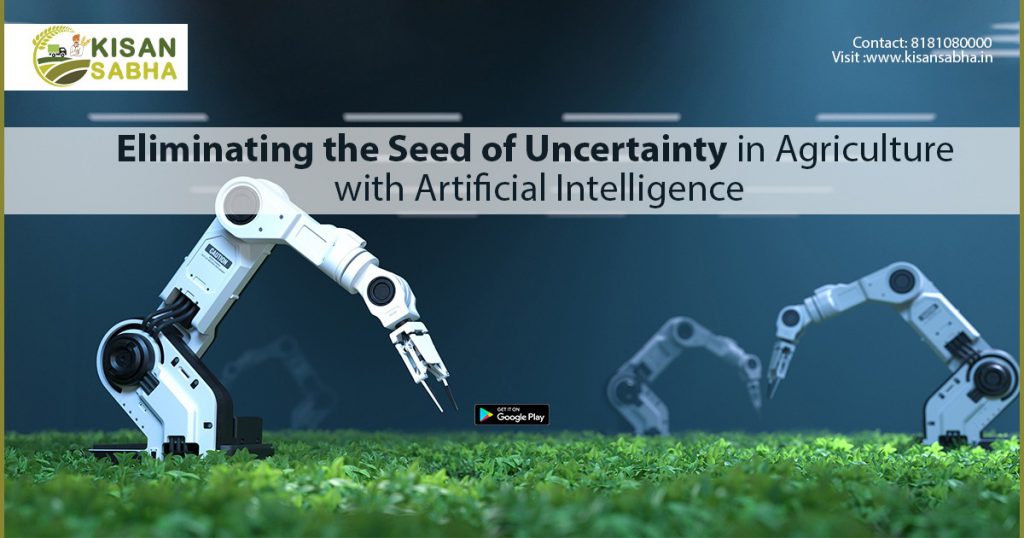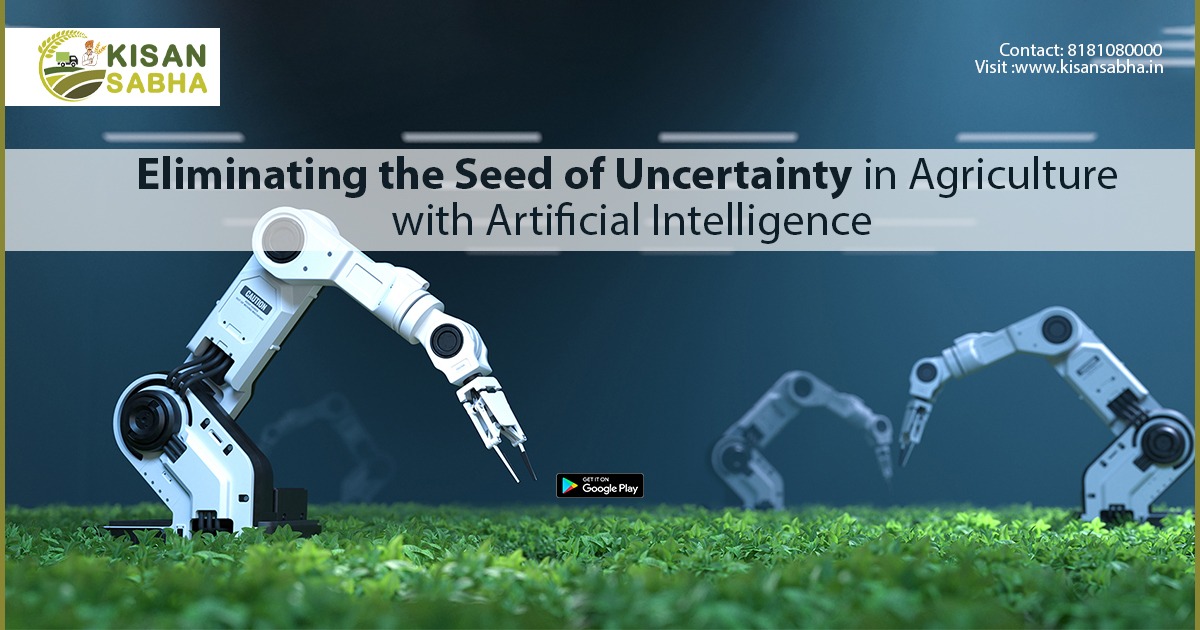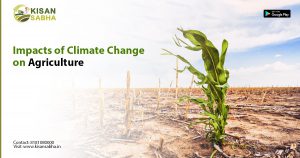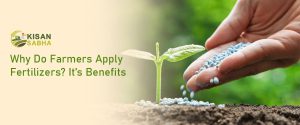Can you think of a sector that entails more risk than agriculture? They claim that you get what you sow. Yet, they omit to include the phrase “if you’re lucky.” Farmers find it difficult to discuss yields when bad weather occurs or crops become ill. Or when a pandemic strikes the world, managing different procedures becomes more difficult all of a sudden because the majority are not digital.
The world’s population is expanding at the same time that urbanisation is continuing. Consumption patterns are shifting, and disposable income is increasing. Farmers need to find a strategy to boost output since they are under a lot of pressure to satisfy the rising demand. There will be more people to feed in 30 years. Also, since there is a limited supply of fertile soil, standard farming methods will need to get modified.
We must seek for methods to lessen or at the very least control the dangers faced by farmers. One of the most interesting possibilities is the global application of artificial intelligence in agriculture.
AI has the ability to transform the way we think about agriculture by bringing about numerous advantages and allowing farmers to produce more with less work. Yet, AI is not a self-contained technology. Artificial intelligence (AI) is the next phase in the transition from conventional to creative farming. AI can support already-used technology.
AI isn’t a magic bullet, and agribusinesses need to be aware of it. But, it can significantly improve modest, everyday tasks and greatly ease farmers’ lives. So how can we use artificial intelligence for sustainable agriculture? What opportunities does AI present for farming, and how might it assist us in overcoming current problems?
In this article, you will learn:
- Why is it so difficult for farmers to adopt AI?
- How AI can help agriculture
- AI applications in agriculture
Why is AI adoption so difficult for farmers?
Farmers frequently believe that AI only applies to the digital world. They may not see how it can assist them in working the physical land. This isn’t because they’re fearful of the unknown or conservative. Their opposition stems from a misunderstanding of the practical application of AI tools.
Because AgriTech providers fail to clearly explain why their solutions are useful and how they should get implemented, new technologies can appear confusing and prohibitively expensive. Artificial intelligence in agriculture results in this.. Although AI can be beneficial, technology providers must do more to assist farmers in properly implementing it.

How Artificial Intelligence Can Help Agriculture?
Agriculture involves numerous processes and stages, the vast majority of which are manual. AI can help with the most complex and routine tasks by augmenting existing technologies. When combined with other technology, it can collect and process large amounts of data on a digital platform, determine the best course of action, and even initiate that action.
The role of artificial intelligence in the agricultural information management cycle
The following processes can benefit from combining artificial intelligence and agriculture:
- Examining market demand
- Risk administration
- Seed breeding
- Soil health is being monitored.
- Crop protection
- Crop feeding
- Harvesting
Using artificial intelligence to solve farming problems
AI improves decision-making.
Predictive analytics has the potential to be a game changer. Farmers can collect and process significantly more data with AI and do so much faster than they could otherwise. Farmers can use AI to solve key challenges such as market demand analysis, price forecasting, and determining the optimal time for sowing and harvesting.
AI results in cost savings.
AI can provide farmers with real-time field insights, allowing them to identify areas that require irrigation, fertilisation, or pesticide treatment. Furthermore, innovative farming practises such as vertical agriculture may help increase food production while using fewer resources.
AI helps with the labour shortage
Agricultural work is demanding, and there have always been labour shortages in this sector. This issue can get resolved by farmers using automation. Farmers can do the work without adding additional employees by using driverless tractors, intelligent irrigation and fertilisation systems, smart spraying, vertical farming software, and AI-based harvesting robots, as some examples. AI-driven machines are faster, tougher, and more precise than any human farm worker.
Conclusion
AI in agriculture has evident advantages. Farm employees can use their time for more strategic activities that need human intellect by having smart farming instruments and vertical farming systems do tiny, repetitive, and labor-intensive jobs. Yet it’s crucial to understand that, unlike a tractor, AI cannot be just purchased and turned on. AI is an abstract concept. It’s a group of technologies that’s programmed to operate automatically.
Visit www.kisansabha.in for more details.





